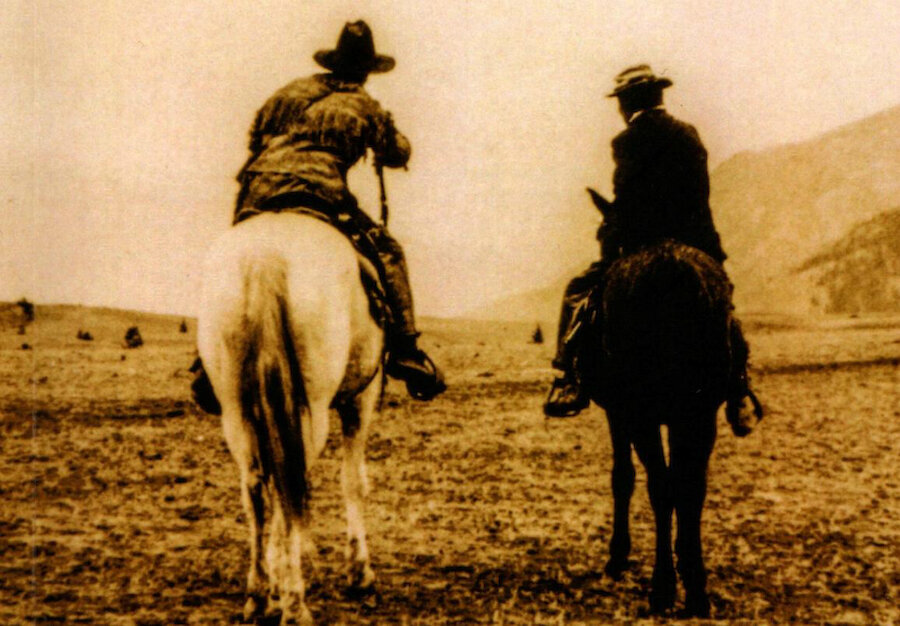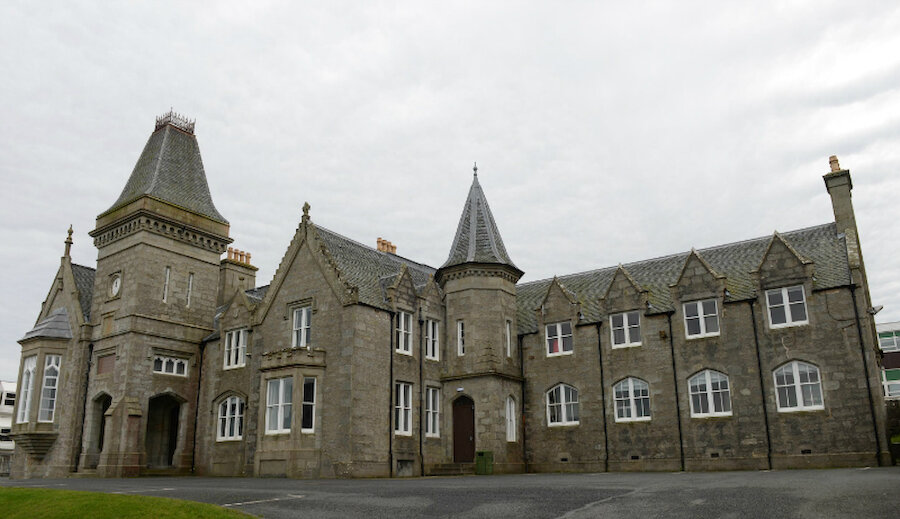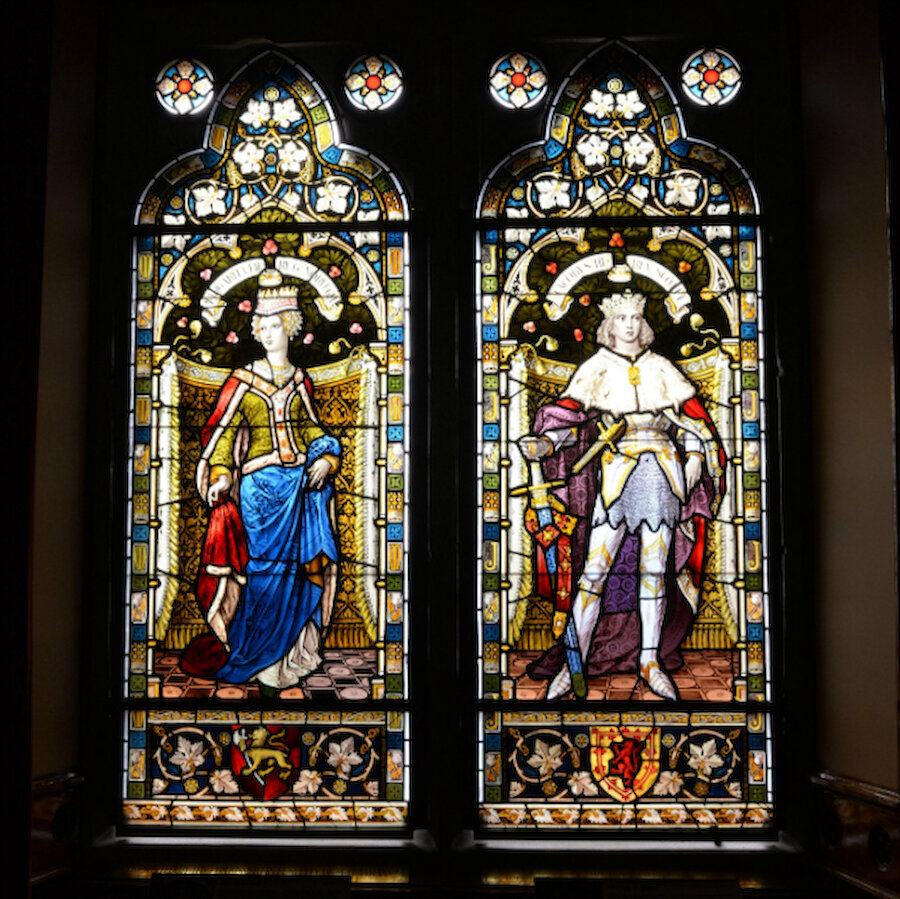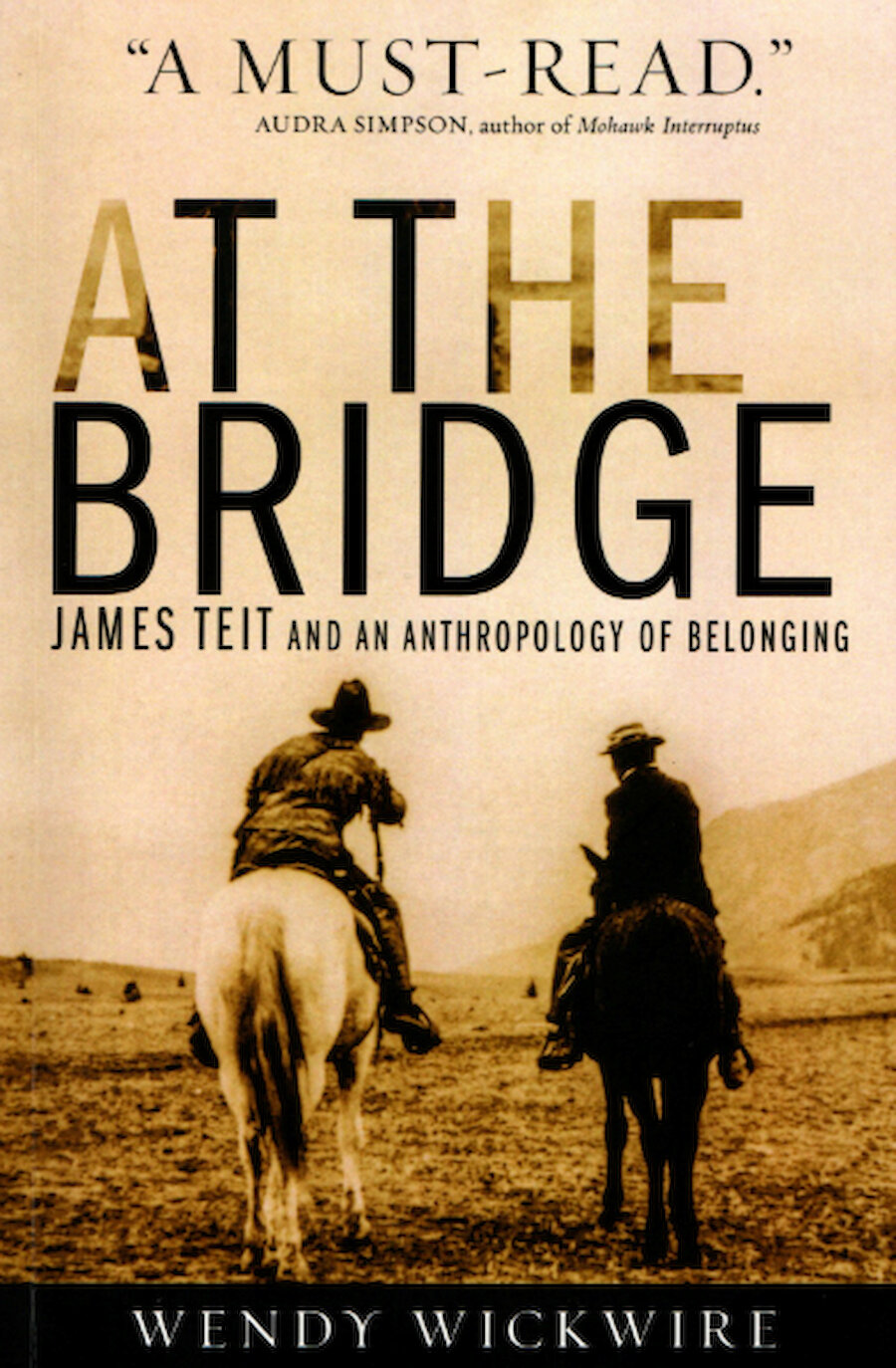Prehistoric peoples came to Shetland perhaps 5,000 years ago, as did the Vikings from about 800AD. In recent decades, many people have made the move to Shetland, writing a new chapter in their lives.
However, there have been times in the islands’ history when the flow was in the opposite direction. Hardship, lack of employment or the clearance of land for sheep compelled many to leave and to start afresh in – among other places – New Zealand, Australia, Canada, the United States, South Africa or, closer to home, the UK mainland. Much more recently, from choice, some Shetlanders have settled elsewhere and made their mark; as I recently explained, renowned fiddler Kevin Henderson is one example.
The second half of the 19th century saw high levels of emigration from Shetland and one of those who moved away was James Teit, who left for Canada in 1884, at the age of 19. His remarkable story is told by Wendy Wickwire in At the Bridge: James Teit and an Anthropology of Belonging, which – though not the first account of his life – is impressively comprehensive. We learn about his family in Shetland and their background; about the Shetland in which he grew up, and its profound influence on his thinking; and about his extraordinary impact in Canada. Given that impact, it’s surprising that his story isn’t better known.





